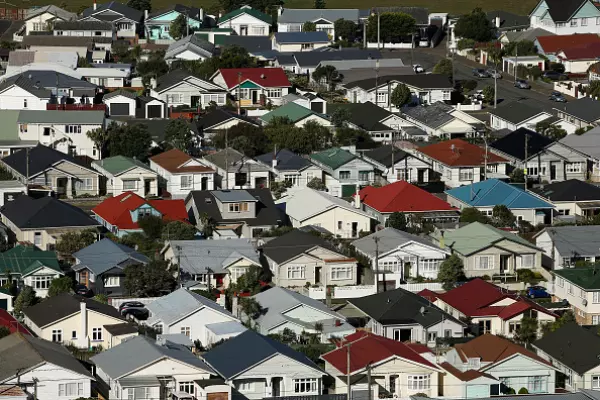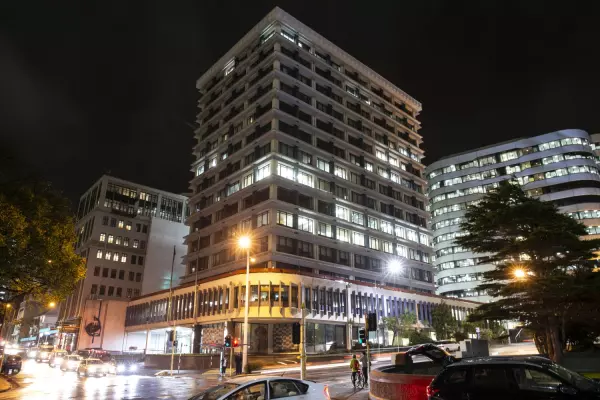Finance minister Grant Robertson has just given the Reserve Bank the green light to add debt-to-income restrictions (DTIs) to its tool box for regulating the banking industry.
This is a prize RBNZ has long hankered for as a way to limit bank lending on housing and will add to its loan-to-valuation ratio restrictions (LVRs) tool it has been using since 2013 to curb banks' appetite for riskier lending.
The previous National Party-led government refused to grant RBNZ the use of DTIs.
The RBNZ said that when Robertson issued a formal direction to it in February to have regard to sustainable house prices, he asked for more information and analysis on debt-to-income ratios and interest-only mortgages.
"Our analysis detailed that debt serviceability restrictions, such as DTI limit, are likely to be the most effective additional tool that could be deployed by the RBNZ to support financial stability and house price sustainability," the central bank said in a statement.
"The analysis also demonstrated that any such restrictions would impact investors most powerfully while having limited impact on first-home buyers," it said.
"In our advice, we also noted that we consider that a DTI limit would be a complementary tool to mortgage LVR restrictions as they address different dimensions of housing-related risk; DTIs reduce the likelihood of mortgage defaults while LVRs largely reduce losses to banks if borrowers default."
Excluding first-home buyers
RBNZ said Robertson has agreed to it using DTIs in principle "on the condition that any implementation is designed to avoid impact, as much as possible, to first-home buyers".
"We will now work with the Treasury to update the wording for the MOU (memorandum of understanding) which will need to be approved by the minister."
"Although we do not have a remit to target house prices directly, our financial policy tools can help to ensure prices do not deviate too far from sustainable levels," RBNZ governor Adrian Orr said.
Real Estate Institute data released yesterday showed national house price inflation accelerated to 29.8% in the year ended May from an annual pace of 26.8% in April. Excluding Auckland, prices were up 32.7% in the year ended May.
One of the reasons driving house price inflation is that RBNZ has cut its official cash rate to 0.25% from 1% before the covid-19 pandemic hit and has a $100 billion money-printing programme underway as well as a funding-for-lending programme to provide banks with cheap funds to on-lend.
"We believe that a 'sustainable house price' is the level that the price would be expected to move towards over several years, reflecting the underlying drivers of supply and demand for housing, including population growth, building costs, land supply and interest rates," Orr said.
Consultation first
Orr said the central bank will be discussing the feasibility of using DTIs with the banking industry over the coming months.
"Any decision on implementing debt serviceability restrictions will be preceded by a full public consultation process, along with a regulatory impact assessment," RBNZ said.
The government has been trying to quell house price inflation since prices started soaring last year after the country came out of the national lockdown.
As part of its response to the pandemic's impact on the economy, RBNZ had removed LVRs, only to reimpose them from March 1 and to tighten them from May 1.
In March, the government announced a series of tax changes aimed at deterring property investment, including doubling the bright-line test to 10 years and removing mortgage interest deductibility.
Investors now have to pay capital gains tax if they sell a property less than 10 years after purchasing it. Interest deductibility ceased in March for investors purchasing a property and deductibility for existing investors is being phased out over four years from Oct 1.
The government has started consulting on the legislation to implement these changes but they are unlikely to have passed into law by Oct 1.















